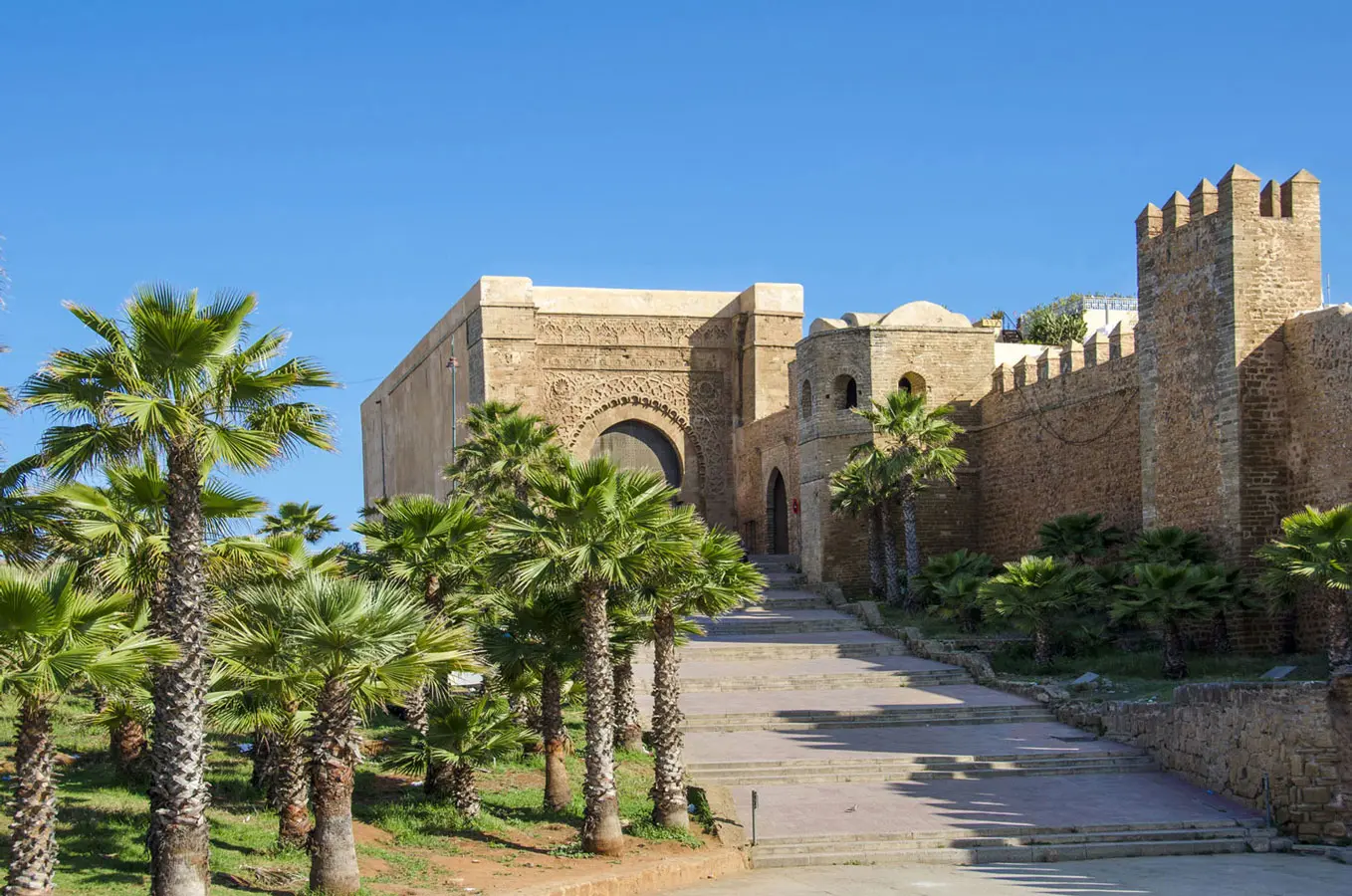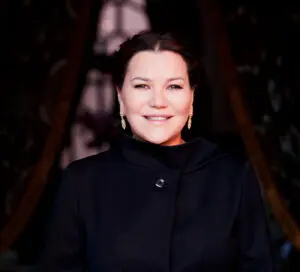Home RABAT: World Heritage The Qasba of the Oudaïa
The Qasba of the Oudaïa
Rising to the northeast of the city, on a rocky promontory, the Qasba dominates the medinas of Rabat and Salé, the Atlantic coast and the mouth of the Bouregreg. This medieval fortress, temporary seat of the Almohad power, constituted the first nucleus of the city.
The site keeps track of the Moors, Muslim families expelled from Spain, who built defensive works to strengthen the protection of the Qasba of the Oudaïa, but it was indeed the Alawite dynasty which, in the 17th century, provided it with its most impressive buildings and more emblematic, including the wall of Moulay Rachid and the elegant and masterful princely residence, completed during the reign of Sultan Moulay Ismail for his son, governor of the region of Rabat-Salé.
Since the 20th century, the Qasba des Oudaïa has been embellished with a lush Andalusian garden. Designed by Maurice Tranchant de Lunel, the first inspector of Historical Monuments in Morocco, this garden is closed to outside view. You have to go through a discreet iron door to discover all the richness of its scents and colors. Lined with fruit trees and flowers, the alleys lead to a low door, giving access to the Moorish café, a furnished terrace which offers an impressive view of the medina of Salé and the mouth of the Bouregreg.

